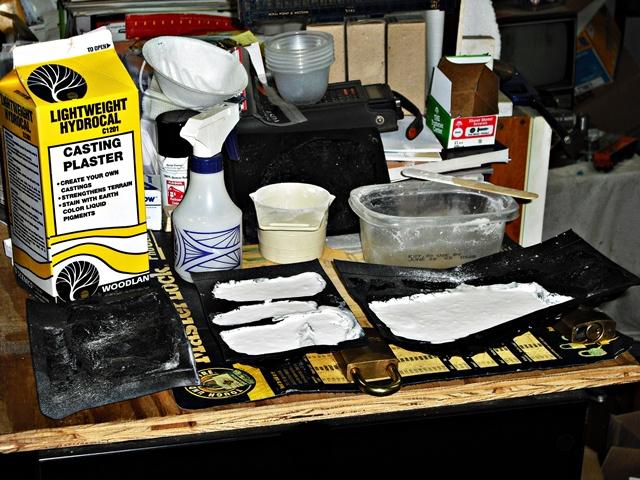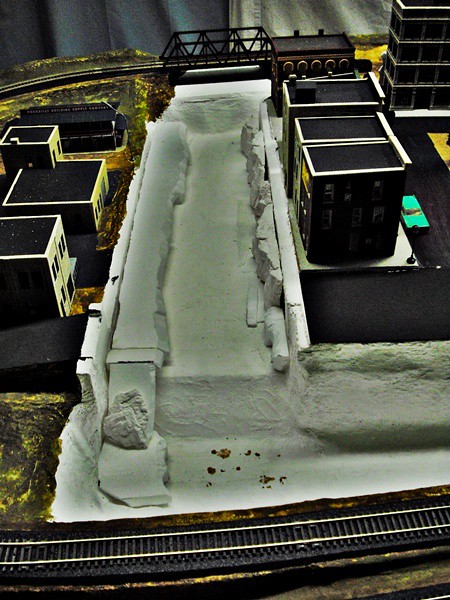BigE
Active Member
I plan on casting some rock face stuff for a mountain.
My question is what do you all use for your casting work?
I'm thinking to just get a bag of powder plaster mix from the local big-box store would be fine.
I see no need for hydrocal or dental plaster or anything fancy.
For the mountain itself, I already have on hand a couple rolls of WS plaster cloth and a couple bags of sculptamold.
E.
My question is what do you all use for your casting work?
I'm thinking to just get a bag of powder plaster mix from the local big-box store would be fine.
I see no need for hydrocal or dental plaster or anything fancy.
For the mountain itself, I already have on hand a couple rolls of WS plaster cloth and a couple bags of sculptamold.
E.




